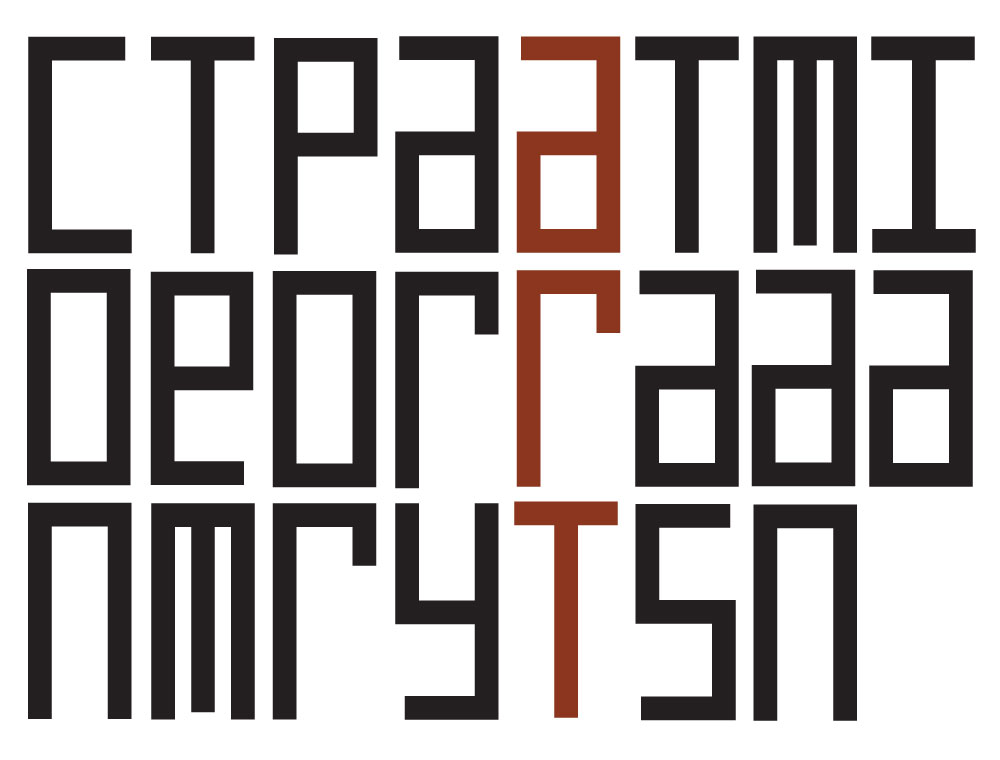Curator
MICHAEL EDWARDS
Artists
LUCIA USMIANI
ANNA PHILLIPS
ANTHONY JOHNSON
NEIL HADDON
BENJAMIN BOOTH
KIT WISE
Group Material
Date: 18-Mar-2004 – 02-May-2004
Location: QUEEN’S WAREHOUSE GALLERY, TASMANIAN MUSEUM AND ART GALLERY, HOBART
In Group Material, CAST presents the works of six contemporary artists at the Tasmanian Museum and Art Gallery’s – Queen’s Warehouse Gallery, who utilise mundane objects or familiar substances in their art-making practices. They draw on a long legacy of art derived from the stuff of everyday life.
CURATOR’S STATEMENT:
The origins of the strategy of ‘cutting’ from life and ‘pasting’ into art is traceable to particular scandalous moments of early twentieth century art; the beginnings of what has now come to be known as appropriation art. Pablo Picasso (1881–1973) and Georges Braque (1882–1963) augmented their cubist paintings with collaged fragments, grafting snippets of printed cloth and patches of printed text onto their canvases. Marcel Duchamp (1887–1968) presented familiar objects – he called them ‘readymades’ – in galleries, such as his infamous Fountain, a white vitreous urinal. The Surrealists browsed Parisian flea markets, selecting the city’s cast-off objects as revelatory symbols of their own passions and desires.
These early exemplars of appropriation played with fusing together different levels of reality: they posed questions about the relationship between painted illusion and reality, and about the distinction between categories of ‘low’ and ‘high’ culture; they cast doubt onto the very notions of artistic originality and creative invention. In particular, they began a dialogue between the art world and the emerging consumer culture.
Decade by decade, successive generations of artists have engaged with appropriation strategies, assaulting and reinventing the traditional premises of art making in the face of ever-increasing mass production and consumerism. The Pop artists of the sixties and seventies made deadpan pictures that mimicked advertising. The junk sculpture of the same period mimed the life and language of the street. In turn, these works, which aped the strategies of advertising and ‘display’, became the iconic masterpieces of their time. Similarly, the Minimalist art of the late twentieth century no longer stood apart – on a plinth – like previous sculpture, but was repositioned amongst objects and redefined as part and parcel of real places.
Appropriation art has become something of an institution, not because today’s artists are merely repeating the moves of last century, but because they are still engaged with abiding questions about the logic of art making in a highly industrialised, consumerist society.
